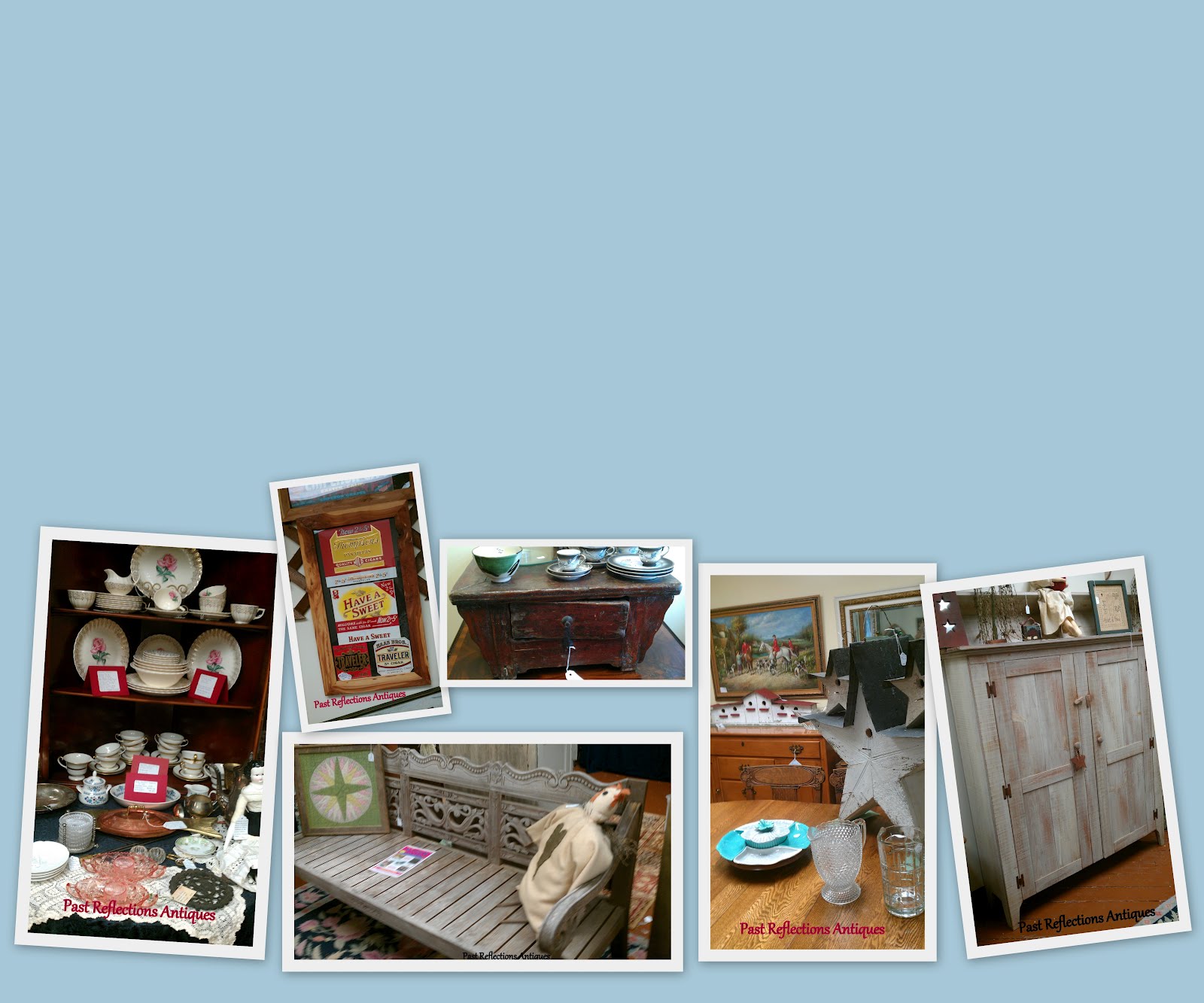Some of the Retired Fiesta pieces in the shop now.
Fiesta: -n 1.a religious festival or celebration, esp. on a saint's day
2. a holiday or carnival
3. Feast
The Homer Laughlin China Co. definitely picked the right
name for this line of dinnerware. The
bright colors are festive and fit for a feast or holiday. They produced this from 1936 to 1973 in
Newell, WV in fifty assorted pieces in fourteen different solid colors. The standard eleven colors are: the “originals”
cobalt blue, light green, ivory, red, turquoise and yellow plus the “fifties”
chartreuse, forest green, gray, rose and medium green. The medium green is elusive in many pieces.
Fiesta Red was made with uranium oxide which during WWII the
Government restricted the use of until 1959. A different formula was used
during that time, but the public was still concerned with health hazards from
the metal. The FDA concluded that if the
glazes and decals were properly applied and no damage is seen, the vintage
dinnerware poses no hazards. However,
they recommend not storing food in the vintage pieces or putting them in the
microwave.
Fiesta was restyled in 1969 in an attempt to adapt to new
production techniques. Only the Fiesta
Red was continued. In 1973, the Fiesta
Ironstone was discontinued. Two types of marks were used: an ink stamp on
machine made pieces and an indented mark molded into the hollow ware pieces.
In 1986 dinnerware in five new colors was introduced: Black,
White, Pink, Apricot and a darker Cobalt.
A little later the following was added: Yellow, Turquoise, Seafoam
Green, Country Blue, Lilac, Persimmon, Sapphire Blue, Chartreuse, Gray, Juniper
and Cinnabar. None of these pose a
threat to the vintage collections.
Turquoise was the last original color to be
introduced of the items that were discontinued in 1946. This color had a very short production run
and today's values reflect the rarity.


Wow...very informative post! Thanks for sharing this with us Kathy.
ReplyDeleteJanet xox